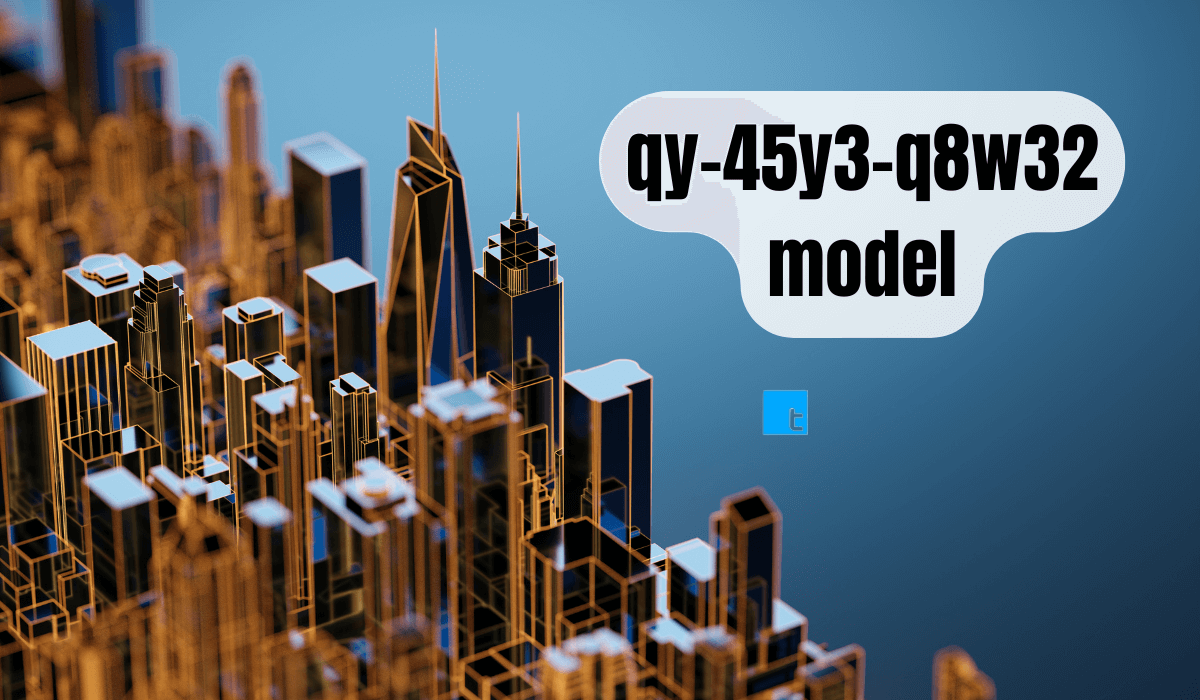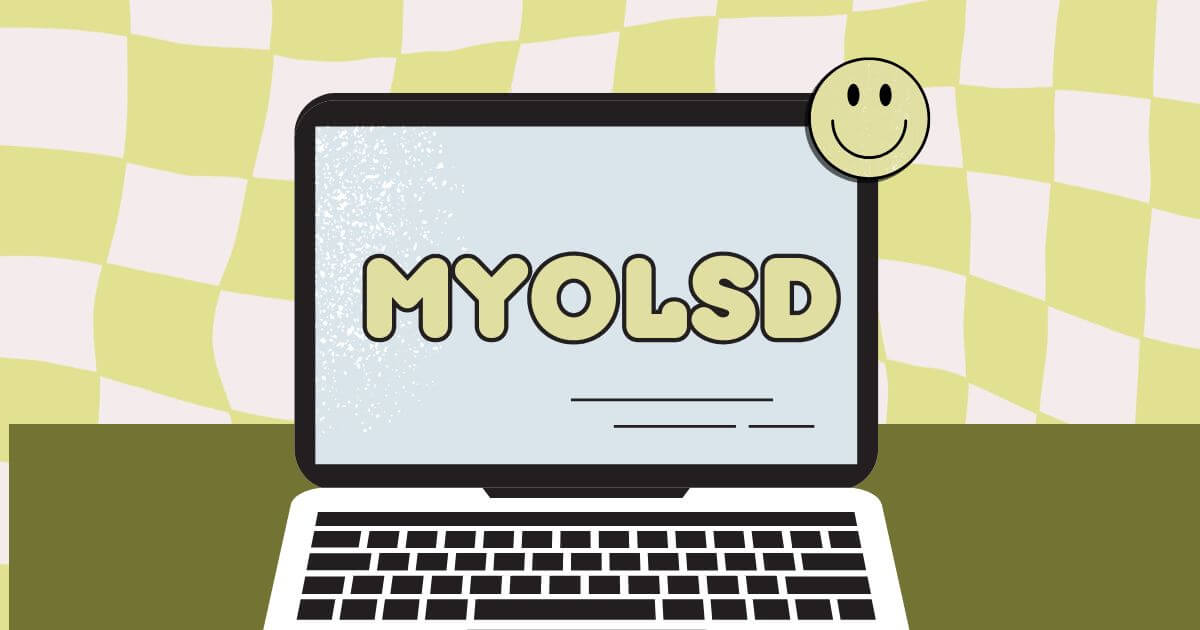The QY-45Y3-Q8W32 model is a versatile and high-performance tool used across various industries for automation, data processing, and system control. Whether you’re a beginner exploring its capabilities or a seasoned technician aiming to optimize its use, understanding the key functionalities and best practices is essential.
This guide walks you through everything you need to know to use the QY-45Y3-Q8W32 model effectively.
1. Overview of the QY-45Y3-Q8W32 Model
The QY-45Y3-Q8W32 is a multi-functional device, commonly used in industrial automation environments. It integrates several features such as:
- Digital and analog input/output modules
- Advanced microcontroller architecture
- Real-time data processing capabilities
- Flexible communication interfaces (e.g., RS485, Ethernet)
Its modular design and compatibility with multiple programming environments make it suitable for PLC systems, robotic controls, and smart manufacturing setups.
2. Initial Setup and Installation
Unboxing and Inspection
- Ensure the package includes the QY-45Y3-Q8W32 unit, user manual, mounting accessories, and connection cables.
- Visually inspect for any damage or missing parts.
Mounting the Unit
- Mount the unit on a DIN rail or panel using the provided clips.
- Avoid installing in environments with high humidity, vibration, or electromagnetic interference.
Power Supply Connection
- Connect to a stabilized 24V DC power supply.
- Ensure correct polarity to avoid internal circuit damage.
3. Wiring and Connections
Input/Output Wiring
- Digital I/Os: Use shielded wires for digital signal integrity.
- Analog I/Os: Calibrate sensors and verify signal ranges before wiring.
Communication Interfaces
- Connect Ethernet or RS485 ports based on your network setup.
- Set up device addressing if using Modbus or similar protocols.
4. Configuration and Programming
Software Installation
- Install the official QY-45Y3 configuration software from the manufacturer’s website.
- Ensure drivers for USB or serial communication are installed properly.
Programming the Unit
- Use ladder logic, structured text, or function block diagrams depending on the system compatibility.
- Start with basic input/output tests to validate connections.
Parameter Settings
- Configure parameters such as baud rate, device ID, I/O scaling, and timers.
- Save configurations to avoid data loss during power outages.
5. Operational Best Practices
Routine Monitoring
- Use diagnostic tools in the software to monitor signal status, voltage levels, and memory usage.
- Enable alarms or alerts for faults.
Firmware Updates
- Periodically check for firmware updates to enhance performance and security.
- Follow proper procedures to avoid bricking the device.
Security Measures
- Change default passwords and limit access to configuration settings.
- Use encrypted communication protocols if supported.
6. Troubleshooting Tips
| Issue | Possible Cause | Solution |
|---|---|---|
| No power LED | Faulty power supply | Check connections and voltage |
| No response to input | Wrong wiring or programming error | Review I/O map and code |
| Communication failure | Incorrect settings or bad cable | Verify baud rate, port settings, and cabling |
7. Maintenance and Safety
- Perform regular inspections of wiring and module integrity.
- Keep the unit free from dust and moisture.
- Disconnect power before servicing or replacing modules.
8. Advanced Features (Optional)
For advanced users, the QY-45Y3-Q8W32 supports:
- Custom function modules
- Real-time clock synchronization
- Data logging to SD card or cloud
- Integration with SCADA systems
Explore these features to take full advantage of the model’s capabilities.
Conclusion
The QY-45Y3-Q8W32 model is a powerful tool when used correctly. By following proper installation procedures, effective configuration, and routine maintenance, you can ensure optimal performance and longevity of the unit. Whether you’re deploying it for automation, control, or data acquisition, this guide should serve as a solid foundation for effective use.
(FAQs) about using the QY-45Y3-Q8W32 model
1. What is the QY-45Y3-Q8W32 model used for?
The QY-45Y3-Q8W32 model is primarily used for industrial automation, process control, and digital/analog signal management. It supports programmable logic control (PLC) and can be integrated into manufacturing, robotics, and sensor networks.
2. How do I power the device?
Use a 24V DC regulated power supply. Make sure to check the polarity before connecting to avoid damage.
3. What software do I need to configure the QY-45Y3-Q8W32?
You need the manufacturer’s official configuration software, typically available on their website. It supports programming using ladder logic, structured text, or function blocks.
4. Can I connect this model to a PC or HMI system?
Yes, it supports multiple communication protocols like Modbus (RTU/TCP), RS485, and Ethernet. You can integrate it with a PC, HMI, or SCADA system for control and monitoring.
Also Read: DigitalConnectMag.com: Your Ultimate Guide to the Digital World
5. What type of inputs and outputs does the unit support?
It supports both digital and analog I/O:
- Digital: ON/OFF sensors, relays, switches
- Analog: Voltage (e.g., 0–10V), current (e.g., 4–20mA) sensors
6. How do I perform basic input/output tests?
After wiring your devices and uploading your program, use the software’s live monitoring tools to verify signal response and status of I/O channels.
7. Does it support firmware updates?
Yes. You can update the firmware via USB or Ethernet using the manufacturer’s update tool. Always follow official instructions to avoid corrupting the system.
8. What do I do if the unit isn’t responding?
Check:
- Power supply voltage
- Wiring integrity
- Correct device address and communication settings
- Software configuration
Refer to the troubleshooting section in the user manual for detailed steps.
9. Is there protection against short circuits or overloads?
Yes, the unit includes basic protection features, but you should always use external fuses or circuit breakers for better safety.
10. How do I reset the device to factory settings?
Use the reset button (if available) or connect via software and choose the “Factory Reset” option in the settings menu. This will clear all stored configurations and return it to default parameters.
11. Can the device log data?
Yes, some versions support data logging to internal memory or external storage (e.g., SD card or USB). You can configure logging intervals and data types via software.
12. What maintenance is required?
- Regularly inspect wiring and connectors
- Clean dust from vents and housing
- Verify firmware is up to date
- Run diagnostics through the software every few months





